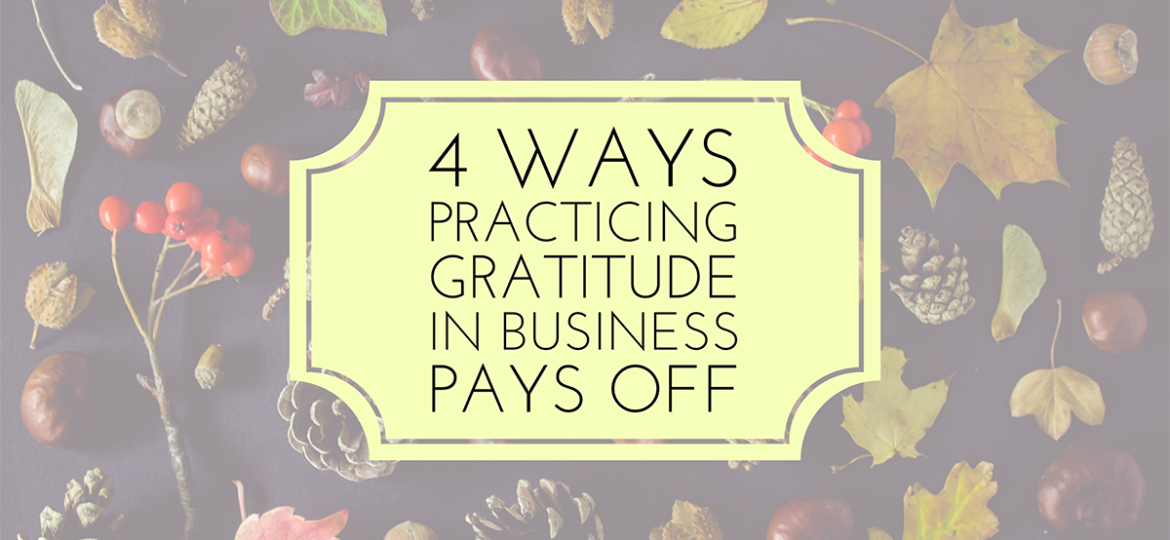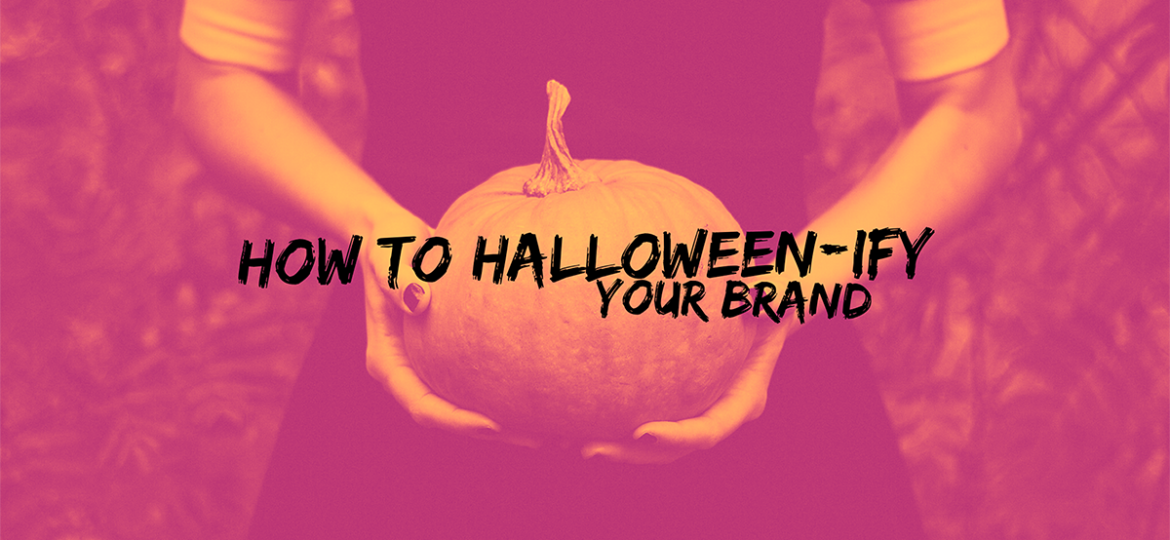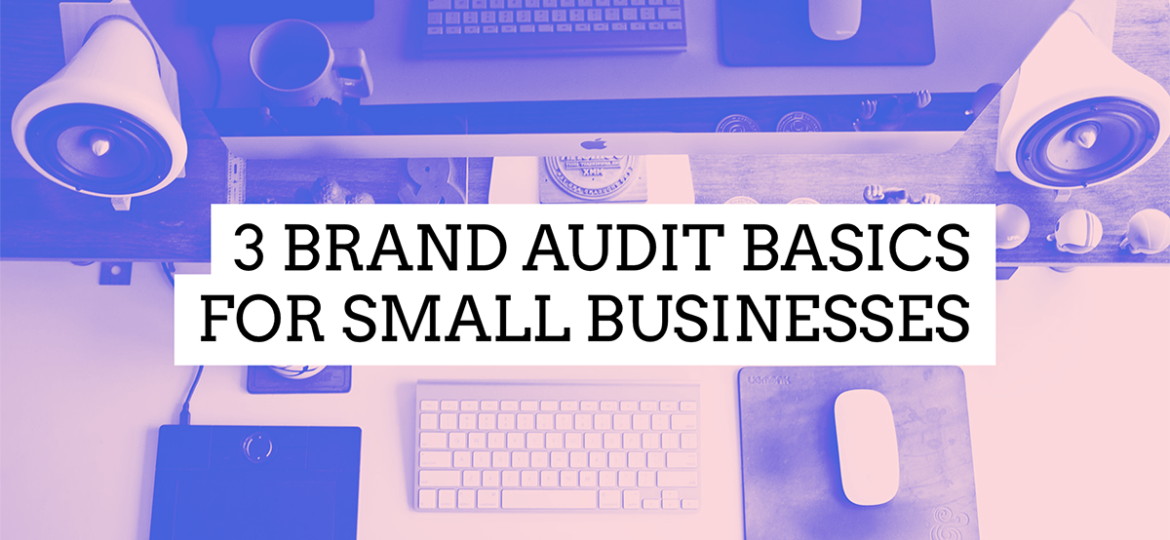They’re young. They’re informed. They insist on trust. Take a look at a couple Gen Z marketing DOs and DON’Ts, and consider how they fit into your strategy.
Court Bishop
By Court Bishop SMALL BUSINESS ST. PETERSBURG
If you’re looking for things to do, places to go and unique gifts to buy this holiday, look no further than St. Pete! Discover some of MGG’s favorite picks.
By Court Bishop SMALL BUSINESS STRATEGY
Discover 4 ways practicing gratitude in business increases customer retention, decreases employee turnover and more. Happy Thanksgiving from MGG!
By Court Bishop CREATIVITY DIGITAL MARKETING
Discover creative content development ideas to Halloween-ify your brand! Take advantage of holiday marketing trends and gain more delicious eyeballs!
By Court Bishop SMALL BUSINESS
From brand perception to marketing consistency to making data work, discover our 3 basics of a small business brand audit.






